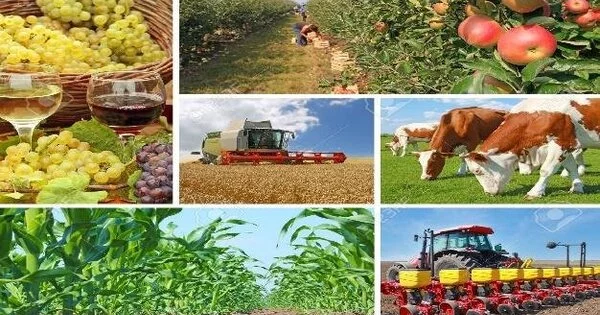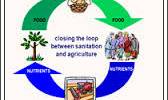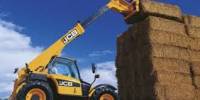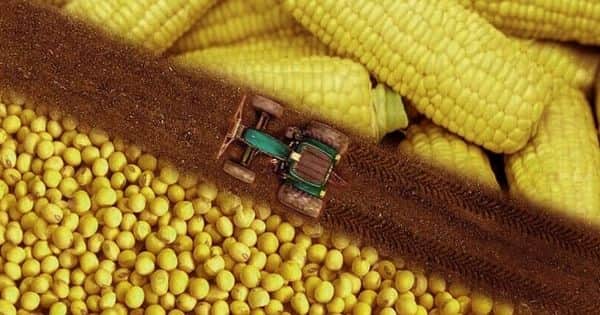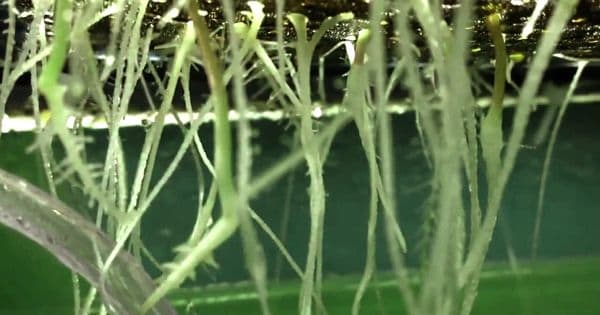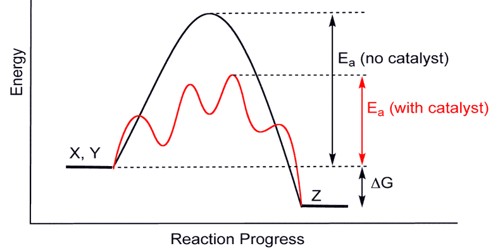Farm diversification refers to the practice of expanding the range of activities on a farm beyond traditional agricultural production, in order to generate additional income streams and reduce reliance on a single crop or product. It is the practice of expanding the income streams of a farm by adding new or alternative revenue-generating activities to the existing farming operations. This can include adding new crops or livestock, as well as developing non-farming enterprises such as agritourism, farm shops, or renewable energy production.
The purpose of farm diversification is to spread the risk of the farm’s income and to create new opportunities for growth and profitability.
Farm diversification types
Many farmers find it useful to consider the following factors when considering farm diversification:
- Underutilized resources – Many farms have unused structures and farm resources. Farms that successfully diversify are frequently able to repurpose their existing farm assets. Making a list of your farm’s underutilized resources is a good place to start when brainstorming potential ideas.
- Unfilled local demand – Being able to meet unmet local demand for a product or service may provide an opportunity to expand your farm’s horizons into new business areas.
- Existing skills and expertise – capitalizing on your previous farming experience and knowledge increases your chances of success. It also makes the transition from traditional farm to rural enterprise easier.
- Area of interest – make a note of any business ideas that interest you. Following up on these means that you’re more likely to put in the extra hours and effort required to make your rural enterprise a success.
The benefits of farm diversification are numerous. By diversifying, farmers can increase their resilience to external shocks such as extreme weather events or fluctuations in market prices. It can also improve their financial stability by providing additional sources of income. Additionally, farm diversification can provide opportunities for rural economic development and job creation.
There are many ways to diversify a farm, and the choice of the activity depends on factors such as the size of the farm, its location, the skills and resources of the farmer, and market demand. Some common forms of farm diversification include:
- Agritourism: This involves opening up the farm to visitors and providing a range of activities such as farm tours, farm stays, pick-your-own produce, and other farm-related experiences.
- Value-added products: This involves adding value to the farm’s products by processing or packaging them in a way that makes them more appealing to consumers. Examples include turning milk into cheese, processing fruits into jams or juices, or making honey into cosmetics.
- Renewable energy: This involves installing renewable energy systems such as wind turbines or solar panels on the farm to generate electricity for the farm and sell excess energy back to the grid.
- Non-farming activities: This involves diversifying into non-farming activities such as running a café, bed and breakfast, or renting out space for events.
However, diversification requires careful planning and investment. Farmers need to assess the potential demand for their new products or services, as well as the necessary infrastructure and equipment needed to support them. They may also need to develop new skills and knowledge in order to successfully manage new enterprises. Overall, farm diversification can be a valuable strategy for farmers looking to improve their economic sustainability, while also contributing to the development of rural communities.
